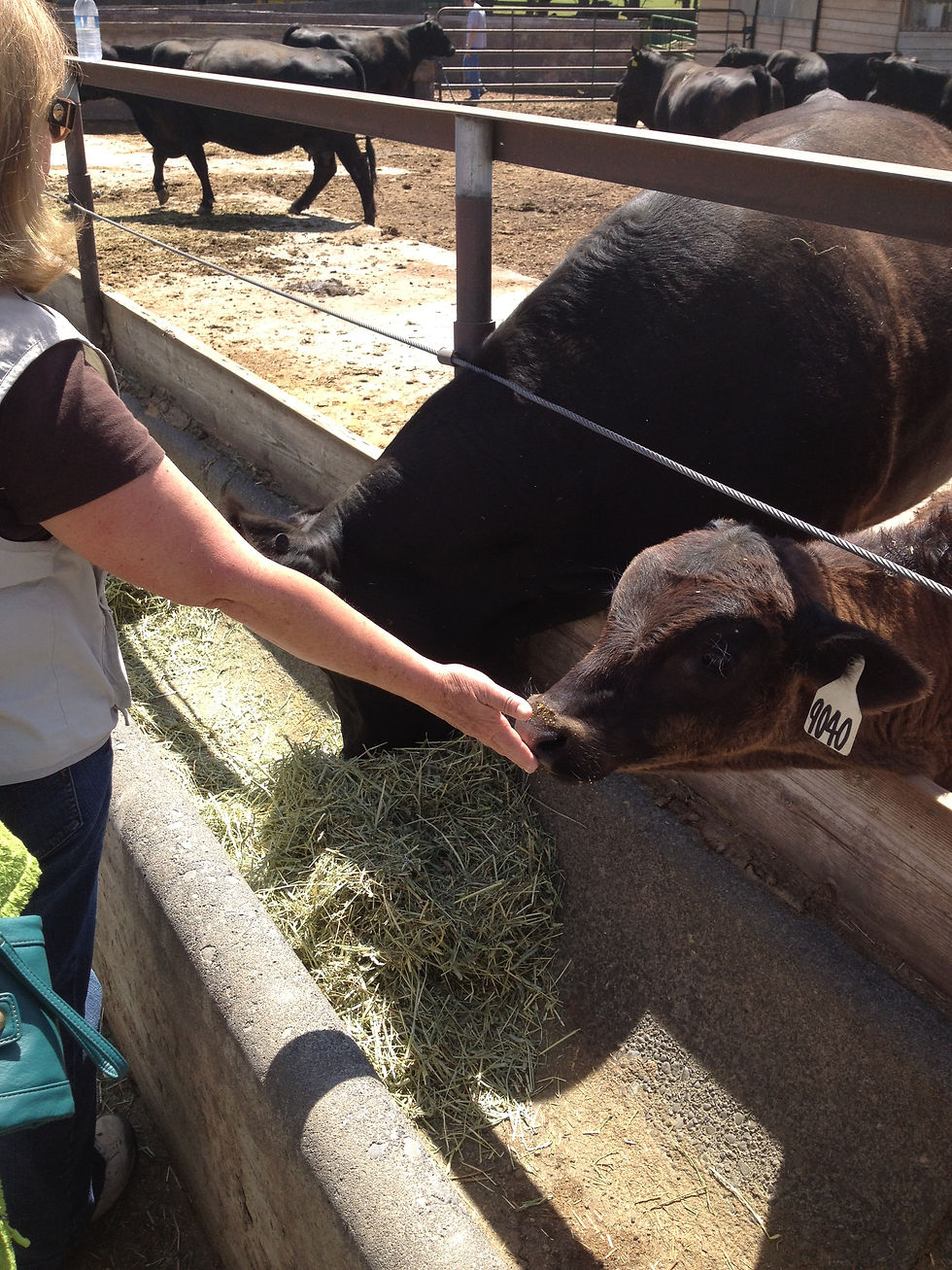
One minute my brother and I were goofing off in our living room. The next, my mom’s hand-painted, china plate was chipped — knocked off of its little gold stand on the end table.
It featured bluebirds, her favorite, and was a gift from her best friend. Ugh. This was bad.
I lost no time pointing the finger at my brother. Unfortunately, my sandal was laying suspiciously close to where the incident occurred, so it didn’t take forensics to see I was … lying.
I balked at the accusation when my dad called me out on it. After all, I had only failed to mention we were BOTH messing around. That wasn’t a lie. It was more like a half truth. Right?
Enter lesson one of three from Dad on this topic: A lie is a lie. Calling it something else to soften the impact and justify our decision to be less than honest doesn’t change what it is.
Why do we lie? Well, mostly to avoid the consequences of the truth. But, here again, Dad has a lesson for us: Trust is the casualty of lies. Trust is built on truth. So, a lie is worse than the deed it seeks to cover up because it breaks trust.
Now, back to my childhood conversation with Dad for the third, and most maddening, lesson about lying.
“What can I do to get your trust back, Daddy?” I asked tearfully. The idea I had disappointed my dad was doing more to teach the lesson than any other form of punishment could.
“It’s not just something you do,” he told me. “And it’s not going to happen today. Trust takes time.”
Gah. Sometimes I hate it when Dad is right. There is no quick fix for trust. It takes effort and consistency.
This probably is sounding like the typical childhood lesson on honesty and, maybe, you’re wondering what this has to do with us as professionals or with our industry.
But think about it. We all know people who take liberties with the truth and, therefore, we don’t trust them to deliver on a deadline, share credit when it’s due, make good on a promise or to be honest when a project isn’t working out or going as planned.
We enable it — in ourselves and others — by not calling it what it is. Lies that are breaking trust. Trust that is precious and hard to rebuild.

Now let's apply the lesson to agriculture. What are we not telling the whole tr
uth about in the name of protecting consumers? Or, because we’ve convinced ourselves they can’t possibly understand or don’t want to know? I can think of several examples, so I know you can too.
Inevitably, then, something happens that surprises them. Perhaps they learn something about production they didn’t realize was part of the process. See how that might make them feel like they’ve been misled?
Consider who the messenger typically is in these situations. Not us in agriculture, but rather consumer media, activists or actors. We want consumers to view these sources with skepticism, but they’re opening up about something we didn’t think was important to share. So, why would consumers trust the ones who have been withholding information over the ones who are sharing it?
Remember lesson No. 3? Trust takes time. And effort. How tempting it is to expect others to give us a break. To just trust us. When the tables are turned, however, what are our standards for trusting others?
Lying is a harsh word. We don’t like to admit that even telling “white lies” or omitting some/all of the facts is lying. But, when we allow ourselves to call a lie something other than a lie, and to justify it with our good intent, we discount the impact.
Let’s all look within ourselves and work within our organizations to identify truth that should be told. And then make a consistent and intentional effort to share it, building trust in ourselves and our industry.
Originally published by Meatingplace as part of the Lessons from the Farm blog series at meatingplace.com

Comments